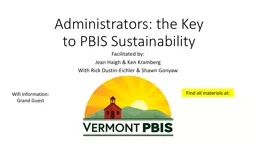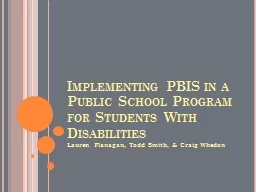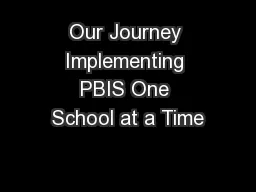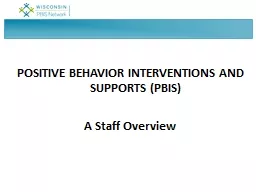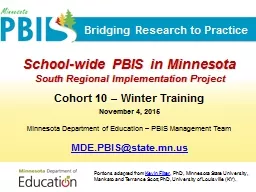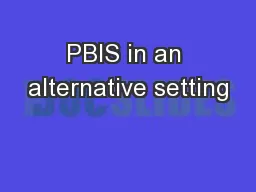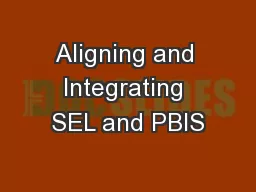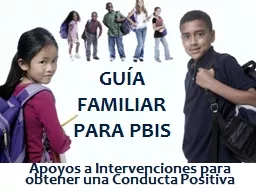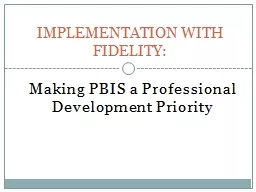PPT-Administrators: the Key to PBIS Sustainability
Author : conchita-marotz | Published Date : 2018-03-07
Facilitated by Jean Haigh amp Ken Kramberg With Rick Dustin Eichler amp Shawn Gonyaw Find all materials at Wifi Information Grand Guest Consider these questions
Presentation Embed Code
Download Presentation
Download Presentation The PPT/PDF document "Administrators: the Key to PBIS Sustaina..." is the property of its rightful owner. Permission is granted to download and print the materials on this website for personal, non-commercial use only, and to display it on your personal computer provided you do not modify the materials and that you retain all copyright notices contained in the materials. By downloading content from our website, you accept the terms of this agreement.
Administrators: the Key to PBIS Sustainability: Transcript
Download Rules Of Document
"Administrators: the Key to PBIS Sustainability"The content belongs to its owner. You may download and print it for personal use, without modification, and keep all copyright notices. By downloading, you agree to these terms.
Related Documents

